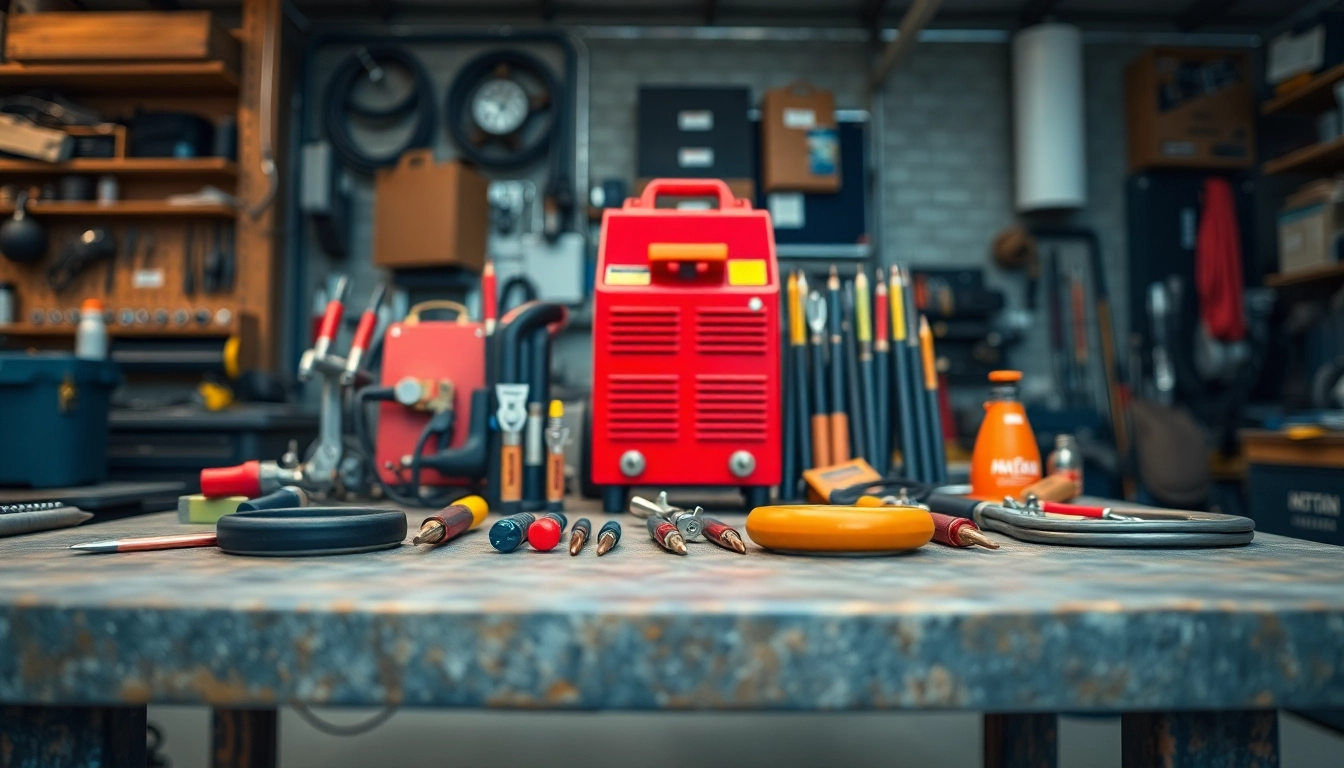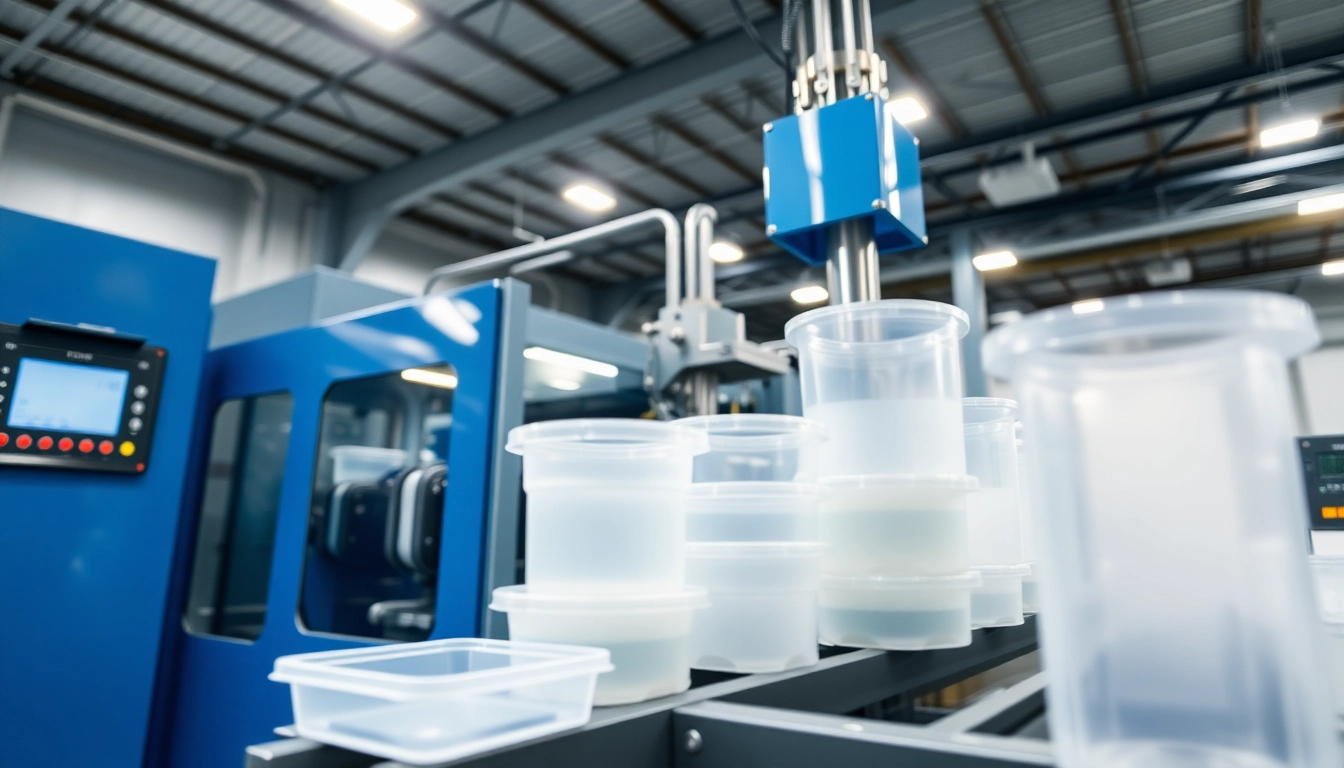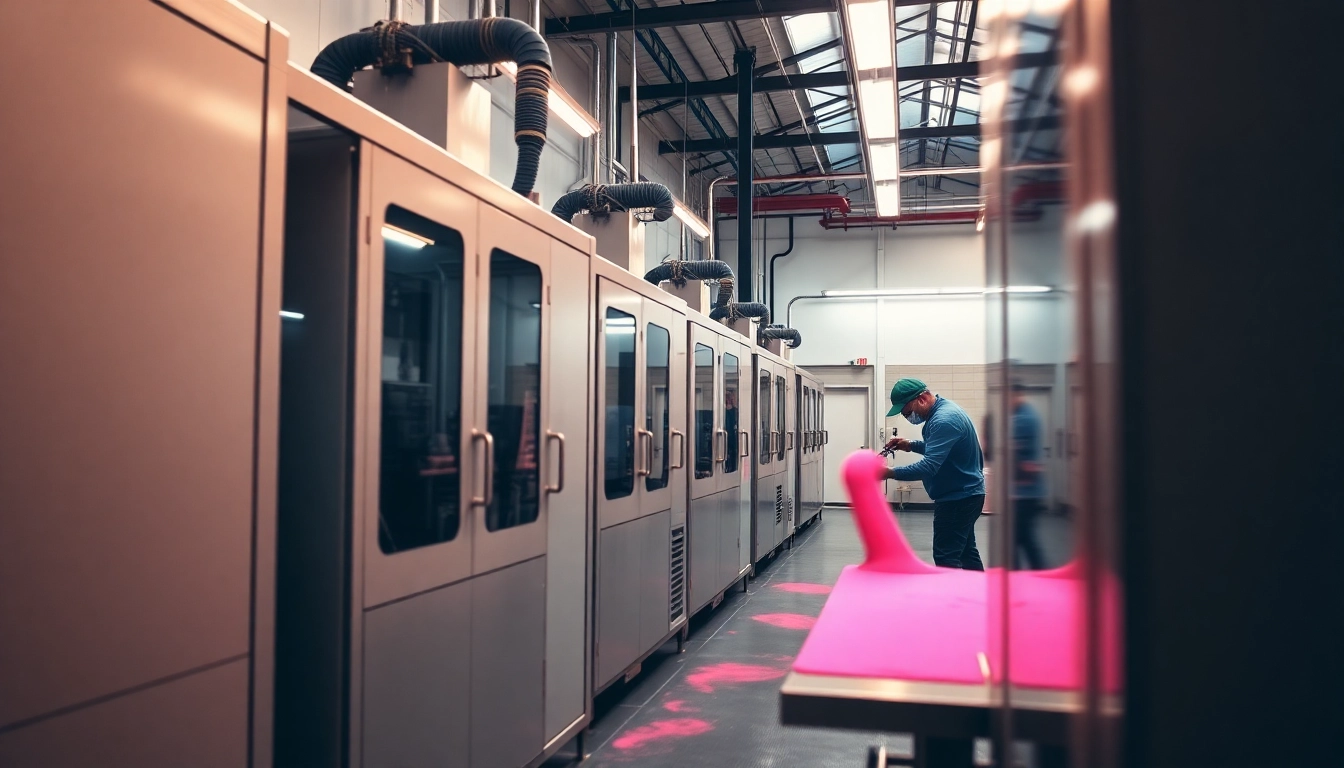Introduction to Oxy Gas Welding Kits
Oxy gas welding is a critical process used across various industries for metal joining, cutting, and fabricating applications. Operating an oxy gas welding kit requires not just basic understanding but also knowledge of its components, safety precautions, and maintenance practices. This article delves into everything you need to know about oxy gas welding kits, particularly the oxy gas welding kit, allowing hobbyists and professionals alike to harness its full potential effectively.
What is an Oxy Gas Welding Kit?
An oxy gas welding kit is a collection of tools and equipment designed to enable welding and cutting of metals using a flame produced by burning a mixture of oxygen and a fuel gas, typically acetylene. This method, known as oxy-fuel welding, allows welders to manipulate materials by melting them at high temperatures, achieving strong joints and cuts.
Key Components of the Kit
Typically, an oxy gas welding kit consists of the following essential components:
- Gas Cylinders: One cylinder contains oxygen, and another holds acetylene. These cylinders are pressure-regulated to control gas flow.
- Regulators: These devices attach to the cylinders to regulate gas pressure as it flows into the hose. Each gas should have its own regulator.
- Hoses: Durable hoses transport the gases from the cylinders to the welding torch. They are color-coded (red for acetylene and green for oxygen) for safety.
- Welding Torch: The torch combines the gases at the tip, where they are ignited to form a flame suitable for cutting or welding.
- Cutting Attachment: If included, this component allows for cutting metal by focusing the flame to create a high-temperature jet.
- Filler Rods: These rods are often used for adding material during the welding process, enhancing the strength of the weld.
- Protective Gear: Essential for safety, this gear includes goggles, gloves, and clothing designed to protect against heat and sparks.
Benefits of Using Oxy Gas Welding
Oxy gas welding offers numerous advantages in various applications. Here are some key benefits:
- Versatility: Oxy-fuel welding can be used for cutting, brazing, and welding a variety of metals, including ferrous and non-ferrous materials.
- Portability: The equipment can be easily transported, making it suitable for fieldwork.
- Cost-Effective: Compared to other welding methods, the initial investment can be lower, and the process can lead to significant savings in repair and maintenance operations.
- Control: Welders can easily manipulate the flame’s temperature and characteristics for different materials and thicknesses.
- Control of Heat: The ability to turn the flame on and off as needed offers greater control in delicate operations.
Choosing the Right Oxy Gas Welding Kit
When selecting an oxy gas welding kit, it’s crucial to consider several factors that can influence your choice. Not all kits serve the same purpose, and understanding your specific requirements will help you select the most appropriate one.
Factors to Consider Before Purchasing
- Purpose: Identify the materials you plan to work with and the type of welding or cutting you’ll be doing. Light-duty and heavy-duty kits vary significantly in capability.
- Reviews and Recommendations: Look for user reviews and expert recommendations to gauge the effectiveness and reliability of different brands.
- Safety Features: Ensure the kit has safety in place. This should include pressure relief valves and high-quality hoses.
- Portability: If you will be using the kit in various locations, consider the weight and the included carrying case.
- Budget: Decide on a budget, but be aware that cheaper kits might not offer the durability or safety features required for serious applications.
- Compatibility: Ensure that all components of the kit are compatible with each other, especially if you consider future upgrades.
Top Brands and Models Reviewed
Various brands bring high-quality oxy gas welding kits to the market, often tailored to different user needs:
- Victor Technologies: Known for their reliable and high-performance welding equipment, their kits often include advanced safety features.
- Harris: Offering a mix of portability and performance, Harris kits are well-regarded in the welding community for their user-friendly design.
- Lincoln Electric: Their kits cater to both novice and experienced welders, focusing on ease of use without compromising on quality.
- Unimig: This brand provides kits that are particularly valued for extensive features designed for heavy-duty applications.
- Burnback: Recognized for innovative technologies in welding, Burnback’s kits are popular in industrial settings.
Comparing Kits Based on User Needs
Just as different brands cater to various needs, so do different models within a brand. Here are some factors to think about:
- Hobbyists vs. Professionals: A professional may require a more versatile and durable kit compared to a hobbyist’s lighter-duty options.
- Type of Materials Being Welded: Consider whether you will be working primarily with sheets of metal or thicker materials, which will influence the flame capacity you need.
- Size and Portability: If you plan to work in various locations, a compact kit with lighter cylinders may be essential.
- Budget Constraints: Determine which features are most critical for your work—they should guide your purchase decisions regarding how much you should spend.
Safety Precautions for Using Oxy Gas Welding Kits
Welding and cutting with oxy gas techniques can be dangerous if the appropriate safety measures aren’t taken. Proper training and understanding of best practices are crucial.
Essential Safety Gear
Safety gear is non-negotiable in welding operations. Here’s a checklist of essential protective items:
- Welding Goggles or Face Shield: Protects the eyes from intense light and flying debris.
- Leather Gloves: Essential for protecting the hands from burns and sharp materials.
- Long Sleeved Clothing: Made from flame-resistant materials to protect against heat and sparks.
- Apron: A leather or heavy-duty apron can offer additional protection for body surfaces.
Common Hazards and How to Avoid Them
Understanding the hazards associated with oxy gas welding is crucial for someone working in the field. Here are some prevalent risks encountered:
- Explosive Gases: Proper ventilation is necessary to avoid gas build-up, which can lead to explosions. Always ensure the workspace is well-ventilated and check all fittings for leaks.
- Fire: Keep flammable materials at a safe distance, and always have a fire extinguisher ready.
- Personal Injuries: Always adhere to proper ergonomic practices to reduce strain and injury.
- Hearing Damage: If the welding environment is noisy, consider ear protection.
Emergency Procedures to Follow
Despite following safety protocols, accidents can happen. Familiarizing yourself with emergency procedures can help mitigate damages:
- First Aid Training: It’s advisable to have training in basic first aid, especially for burns—one of the most common injuries from welding.
- Fire Procedures: Know the fire safety protocols, including how to operate extinguishers and what to do in case of a fire.
- Gas Leaks: If you suspect a gas leak, evacuate the area immediately and report it. Avoid using any electrical equipment, which could cause sparks.
Maintenance Tips for Oxy Gas Welding Equipment
Good maintenance ensures longevity and reliability of your equipment. Regular checks and care can prevent common problems from arising.
Cleansing and Care of the Equipment
Proper cleaning and care of your oxy gas welding kit can significantly extend its life:
- Regularly Inspect Hoses: Check for cracks and wear. Replace them if any damage is visible to prevent gas leaks.
- Clean the Torch and Nozzle: After each use, make sure to clear any residue and blockages from the torch and nozzle, ensuring optimal function.
- Store Equipment Properly: Ensure cylinders are upright and secured, with protective caps in place when not in use.
Regular Checks and Servicing
Conducting regular inspections is essential for safety:
- Pressure Gauges: Check the readings on regulators and gauges frequently to ensure gas supply and conditions are optimal.
- Connections and Fittings: Inspect all connections for signs of leaks and tighten as necessary.
- Flame Characteristics: Regularly check the flame while in use for proper mixing and adjust if necessary for different jobs.
Signs Indicating Replacement is Needed
Knowing when to replace parts of your oxy gas welding kit is crucial:
- Reduced Flame Performance: If your flame’s performance degrades, it may be time to replace the torch or clean it thoroughly.
- Leaking Hoses: If you notice any hissing or smell of gas, replace hoses immediately.
- Corrosion: Any corrosion on your gas tanks or fittings can indicate it’s time for a replacement—this is especially critical for safety.
Advanced Techniques for Oxy Gas Welding
As users advance their skills in oxy gas welding, they can tackle more complex projects effectively:
Welding Different Materials
Understanding the nuances of welding various metals can open up more project possibilities:
- Steel: The most common metal, using a typical flame is suitable for most applications.
- Aluminum: Requires a different approach and often the use of a filler rod to avoid oxidation during the welding process.
- Brass and Copper: These softer metals need careful handling and ideally, lower flame settings.
Fine-tuning Your Flame Settings
The capability to adjust flame characteristics can significantly enhance your welding quality:
- Neutral Flame: Used for welding and cutting; a balanced mixture of oxygen and acetylene is ideal.
- Carburizing Flame: This flame is rich in acetylene and good for welding certain metals, reducing oxidation in copper and aluminum.
- Oxidizing Flame: Contains excess oxygen and is useful for welding copper but should be used carefully to avoid burning the material.
Common Mistakes and How to Fix Them
Even experienced welders face challenges. Here are common mistakes and solutions:
- Too Much Heat: Can lead to warping. Adjust your flame size and distance from the material.
- Inadequate Cleaning: Failing to clean metals can cause impurities in the weld. Always prepare surfaces by removing rust and paint.
- Poor Technique: Inconsistent movement can lead to weak welds. Practice steady travel speed and angle for better results.



